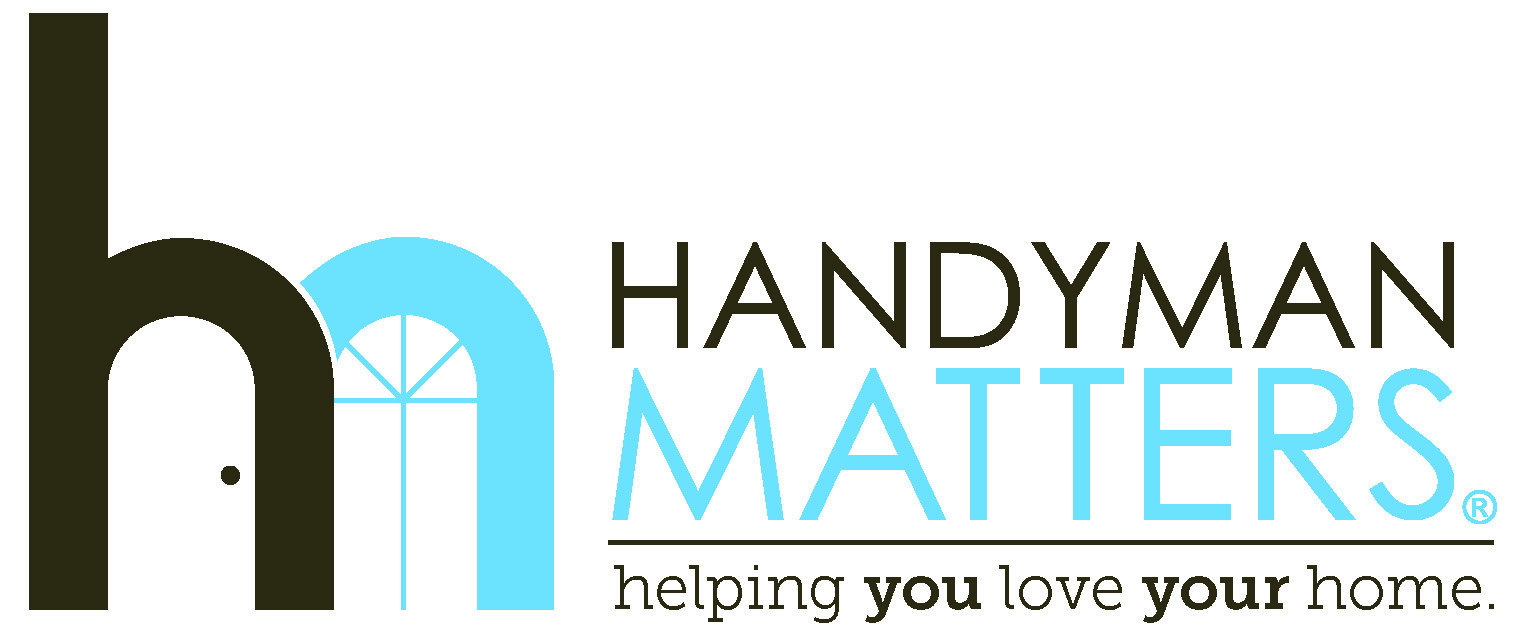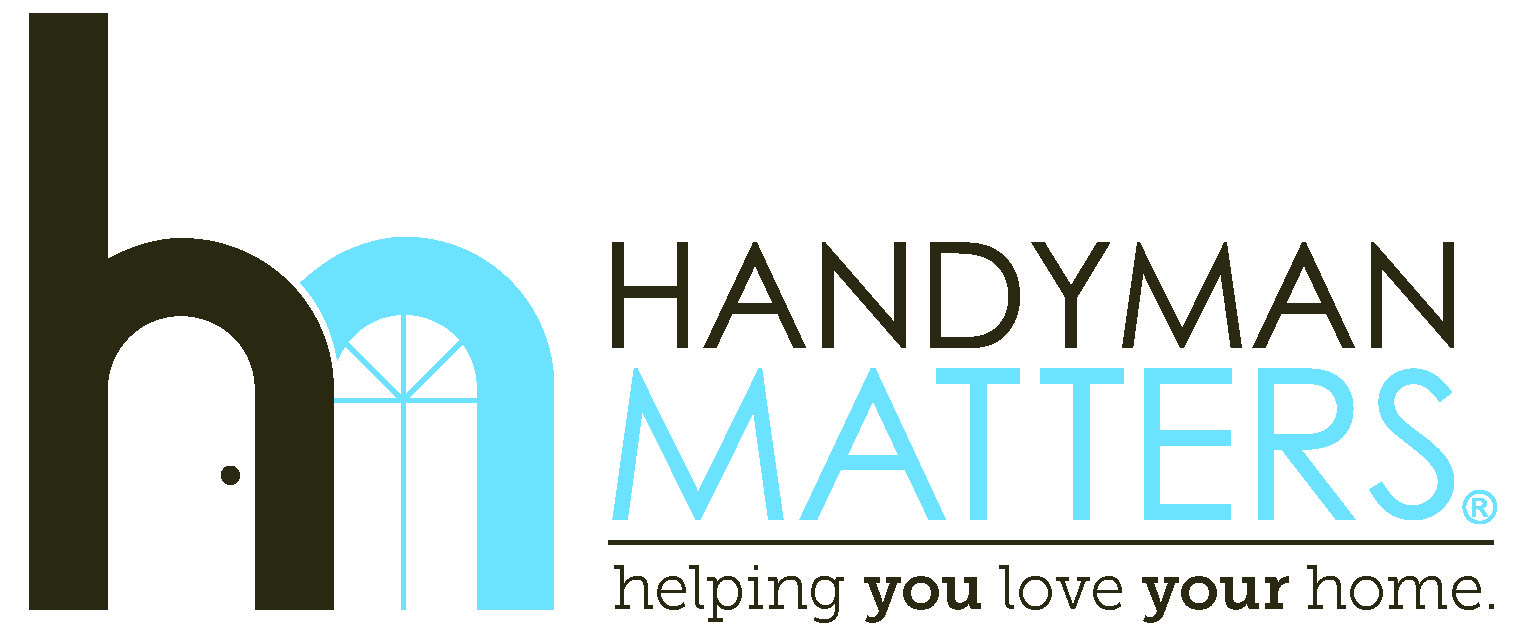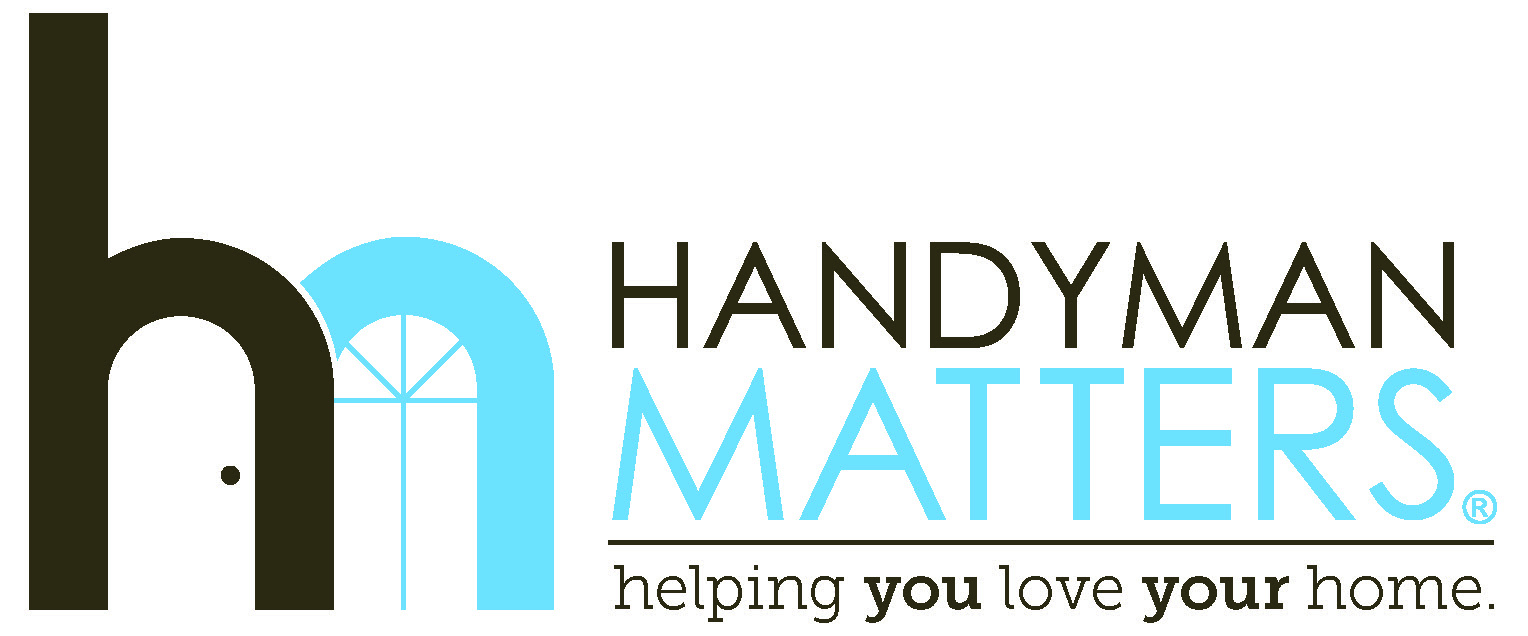If you want to know how healthy your body is, what are some numbers you pay attention to? Probably everyone would say BMI (or weight), blood pressure and cholesterol. Your doctor would add blood sugar, resting and variable heart rate, and the levels of hormones and vitamins like thyroid and vitamin D.

Metrics like these are important because they give us a good picture of how healthy (or unhealthy) we are, and they can clue us in on problems that might be coming down the road. Some are obvious and easy to see, like being overweight or not being able to walk up a set of stairs without getting breathless. Some require a closer look, like a deficiency in vitamin D, which might not impact us immediately but could lead to broken bones or an increased risk for heart disease and cancer.
Businesses have health metrics, too. The ones that most of us think of—the BMI, blood pressure and cholesterol of the business world—are revenue, profit and loss (or income), and cash reserves. But there are others we should look at if we want to understand the true current and long-term health of our business.
Before we get into those, a word of encouragement: Numbers can be intimidating, but they don’t have to be. My goal here is to help you stop seeing numbers as something to avoid and instead as an insightful partner in growing a healthier business.
Let’s start by understanding that you can categorize numbers in a lot of different ways. I like to look at them in terms of financial health, team health, organizational health, and life health.
Numbers for Financial Health
In my blog Are You Gambling With the Life of Your Business? I talk about three numbers most people think about when they judge the financial health of their business: revenue, income (profit and loss), and cash reserves. The numbers I want to talk about here underlie those three. They are the numbers that create your revenue.
Remember that revenue is the total amount of money your business brings in through sales. You get those sales by finding people who are interested in and are willing and able to buy your product or service. The more efficient your prospecting and sales process is, the less time and money you spend on closing new business and the higher your profit. To gauge the efficiency of your prospecting and sales process you need to look at three numbers:

- The amount of your average sale
- Your closing ratio (the number of people you have to talk to before closing a sale)
- The number of weekly appointments you need at that closing ratio to meet your revenue goals
Notice that phrase revenue goals. Too often, people judge the health of their business by comparing this year’s revenue to last year’s: I brought in $750,000 this year, which is $50,000 more than last year. Woohoo!
There are two problems with that approach: First, it doesn’t take expenses into account. If you brought in $750,000 but spent $850,000, you’re actually $100,000 in the hole. Second, it doesn’t consider inflation. Inflation is real, and things always cost more than they did last year. It’s especially important to take that into consideration in times of high inflation. (To learn more about inflation, check out my podcast What Does Inflation Mean for You?)
Setting revenue goals solves for both of those problems. Here are four good questions to ask yourself when setting your revenue goals:
- How much money do I need so I can cover business and personal expenses, plus inflation?
- How much money do I want so I can cover expenses and hire an employee or expand?
- How much money do I desire so I can cover expenses and hire or expand and live the life I’ve always dreamed?
- How much in cash reserves do I need to cover the next payroll, the equipment purchase, the next mistake, the next challenge?
When you understand the relationship between revenue, profit, closing ratio and number of appointments, you will understand how financially robust your company is and what you need to do to nurse it to better health or boost it into even better shape.
Numbers for Organizational Health
When we assess our physical health, we’re not all going for the same numbers: Women tend to have lower blood pressure than men for most of their lives; taller people can carry more weight than shorter people. The same is true of businesses: A restaurant won’t have the same profit margins as a manufacturing business, which won’t have the same profit margins as a service company with no physical location.
To gauge the health of your organization overall, you need to know what key performance indicators (KPIs) are relevant to your industry, your size and your stage of growth. (For more on the stages of growth and why knowing them is so important, check out my blog Beyond Broke and Really Broke: The 9 Stages of Business “Ownership.”)
Defining the right KPIs can be tricky, especially if you’re new to an industry or are looking to grow quickly. The same way a personal trainer can help you identify metrics that will measure your progress and help you take steps toward reaching your physical goals, a business coach can help you determine which KPIs you need to focus on and how you can use those to improve your organizational health.
Numbers for Team Health
When someone tells me they’re stuck at a certain revenue level, I know they’re probably trying to do too much themselves and don’t have the capacity to bring in business and get that work done. That means that they focus on sales until they close a few clients, then drop their sales process to fulfill that new business. When that work is done, they find themselves without new clients because they’ve been neglecting sales. When I point out that they can stop this vicious cycle by hiring, I inevitably get the same answer: “I can’t afford to pay anyone else, Jim!”
In fact, being able to afford someone is usually more in reach than you think it is. The first question you need to ask yourself is:
Who is the next person I need to hire?
Are you surprised the question isn’t about how much it costs? That’s because cost is relative: It depends on skillset, experience level and talent availability. If you don’t know what type of employee you need to hire next, you can’t know if you can afford them—and you risk hiring for a role that won’t be a game changer for your business.
If you don’t know who the next—or first—person you need to hire is, you need to stop right now and figure it out. (I recommend drawing an organizational chart that shows what your business needs to look like in order to meet your revenue goals.) Once you know the next role you need to hire for, then it’s time to ask the obvious cost question but also consider your hiring and training process:

- How much revenue/profit does it take to hire that next person?
- How much time do you spend in the hiring process? How can you improve that process (and decrease its cost in time and money)?
- How much time do you spend on orientation and training? How can you improve that process to enable new hires to jump into their work more quickly?
Be aware that some costs in the team category are hidden ones. Like vitamin D level, we don’t see them until they cause a problem. For instance, it often costs more to replace a team member than to hire a new one because of factors like:
- The cost of dealing with the aftermath of a poorly performing person or a gap in service
- The cost of decreased capacity while hiring, vetting and training a replacement
- The cost of paying a higher wage, if wages have gone up since you last hired
One way of decreasing these costs is by increasing retention. For more on hiring and retention, check out Finding—and Keeping!—Great People (blog or podcast) and listen to my podcast with HR guru Kay Congdon, People, Position, Passion!
Numbers for Life Health
The numbers we use to talk about our physical health are related: If your BMI is a healthy one for you, your blood pressure is probably in good shape too. In the same way, the health of your business is related to the health of your life. If you’re exhausted and stretched too thin, you are not able to bring your best self to your business, and your business will suffer.
Like everything else, living life costs money. You can’t spend time with your family or take that vacation if you’re not bringing in enough business to pay yourself well. When you’re setting your revenue goals, make sure your expense number includes a paycheck for yourself. To determine what that paycheck should be, ask yourself:

- How much do I need to cover all of my personal and household expenses?
- How much do I need to give myself an annual raise? (Remember: Inflation is real!)
- How much does it cost for me to take a day off? A week off?
- How much do my Life Goals (my dream house, my dream vacation, etc.) cost?
If you’re reluctant to include what might seem like indulgent costs in your expenses, let me remind you what flight attendants always tell you: In case of an emergency, put the oxygen mask on yourself before assisting the person next to you. If you are not taking care of yourself, you cannot take care of your business. If you need more convincing, please read my blog Are You Gambling with the Life of Your Business?
One Last Word on Numbers
We’ve talked a lot about boosting our numbers: bringing in more revenue, making more appointments, increasing cash reserves, paying new employees. Another approach involves decreasing some of our numbers. I recently lost some weight, and all my other health numbers got better. We can put our business on a diet too by looking for where we’re being indulgent or wasteful. Streamlining our processes can have a big impact here.
(If all this talk about physical health is making you think about ways you can improve yours, please listen to my podcast Food vs. Mood with Board Certified Holistic Nutritionist Rebekah Fedrowitz.)
Why Any of This Matters
I’ve covered a lot of numbers ground here. I encourage you to give yourself time to process it all. Then come back and read this again. Don’t tackle every aspect at once; go through the sections one at a time. If you feel overwhelmed, get some support. Reach out to your networks to learn from others in your industry. Find a mentor. Hire a coach. (Check out this blog or podcast for more on how to find the coach or consultant who’s right for you.)
Above all, remember why you’re here: not why you’re here reading this blog, but why you’re here on earth. If you haven’t tapped into the power and motivation of Life Goals, do that first. Not sure what your Life Goals are?

Focusing on the health of your finances, your organization, your team and your life is a game-changer; I’ve seen it over and over. By giving himself time to learn to fly glider planes, my client Frank discovered that the serenity he found in the air gave him renewed energy and patience for his business; he doubled the size of his business and recently took an entire month off. By understanding his average sale, my client Chris discovered that he couldn’t do enough work in a day to meet his goals; focusing on boosting that average sale gave him breathing room so he could grow. By empowering her team, my client Bonnie went from $200,000 to $400,000 in revenue and started taking every Friday off.
What will your numbers show you? How will they change your life? I’d love to explore these questions with you. Please




































































